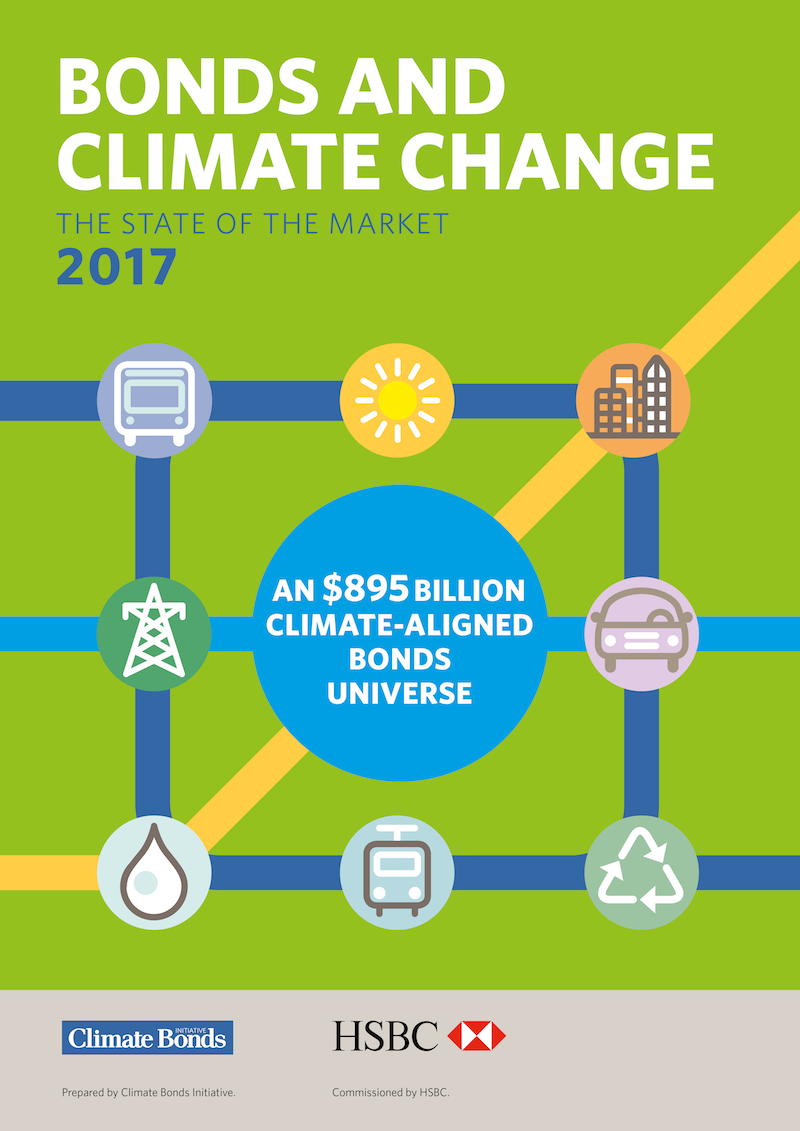
Photograph: Qilai Shen/Bloomberg via Getty ImagesĬhristine Shearer, an analyst at the NGO, said: “China’s proposed coal expansion is so far out of alignment with the Paris agreement that it would put the necessary reductions in coal power out of reach even if every other country were to completely eliminate its coal fleet.” China is also funding the building of new coal-fired power plants elsewhere, including in South Africa, Pakistan and Bangladesh. But new research from Global Energy Monitor has found that the country has increased its coal-burning capacity by more than 40GW in the 18 months to June, and plans more.Ī man tends to vegetables as emissions rise from cooling towers at a coal-fired power station in Tongling, Anhui province, China. Isn’t China the new green leader?Ĭhina has been working hard to cut emissions, not least from the coal-fired power plants that have generated widespread air pollution. Key to progress at COP are China, the world’s biggest emitter, and India, whose emissions are rapidly rising. Other potential obstructors include big oil powers such as Saudi Arabia, Russia and Venezuela, as well as Brazil and Bolivia. The US delegation will engage in negotiations to protect US interest and level the playing field for US businesses,” the state department said.

“As in years past, the US plans to send an interagency delegation. So far, the US has played a low-key role in the UN climate process under Donald Trump, but that could change to more damaging obstruction. These are known as nationally defined contributions which will have to be ratcheted up next year if the aims of Paris are to be met. Though the deal is legally binding, the commitments that countries have made to cut their emissions are not. The vast majority of nations have now ratified the deal.ġ85 countries have ratified the Paris Agreement Photograph: Beautiful news Under the landmark 2015 agreement, nations committed to holding global heating to no more than 2C above pre-industrial levels. That includes the US, which is in the process of withdrawing from the Paris accord.

Agreement can only come by consensus, which can be frustrating and means some countries – notably Saudi Arabia – can act as a drag on more ambitious action, but gives COP decisions global authority.Įach of the 196 nations on earth, bar a few failed states, is a signatory to the UNFCCC foundation treaty and no country has yet opted to withdraw from it. The COPs, for all their flaws, are the only forum on the climate crisis in which the opinions and concerns of the poorest country carry equal weight to that of the biggest economies, such as the US and China. Nearly every country is expected to send a voting representative at the level of environment secretary or equivalent, and the big economies will have extensive delegations.

The negotiations, which run until 13 December, will be led by environment ministers and civil servants, aided by UN officials. World leaders will not be turning up, though appearances by VIPs and celebrities cannot be ruled out. Carbon emissions chart Who will be there?


 0 kommentar(er)
0 kommentar(er)
